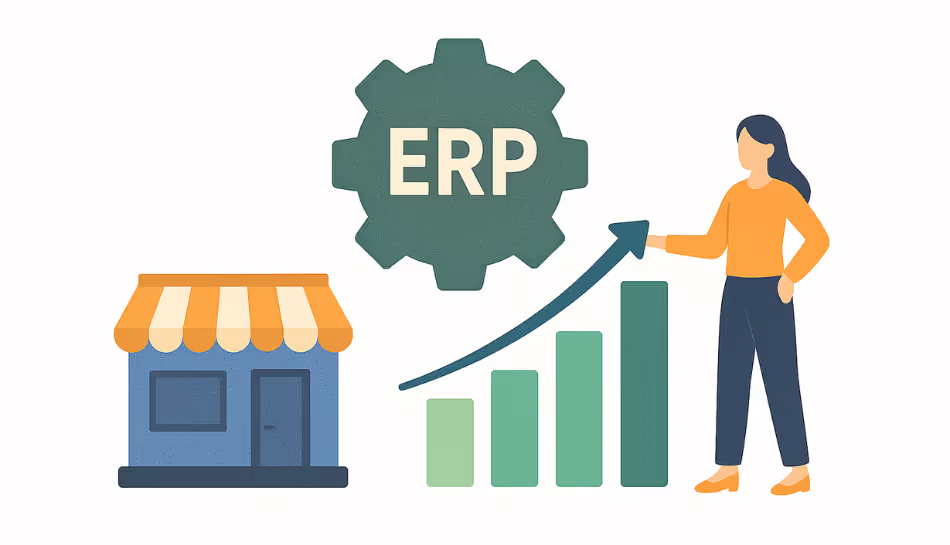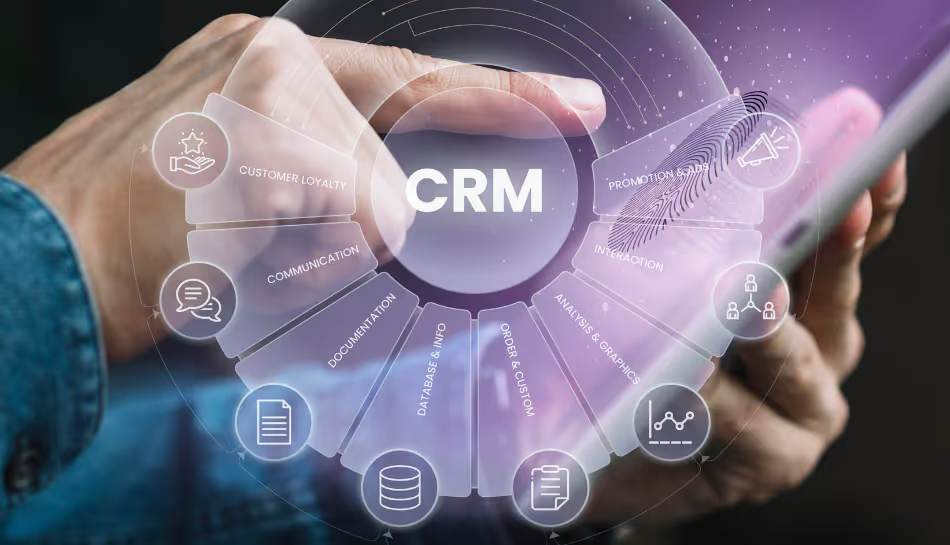Choosing the right financial accounting software is a major step for any business looking to improve efficiency, accuracy, and compliance. With the 2026 market offering a wide range of solutions, making the right choice requires careful planning and comparison. Whether you're upgrading from spreadsheets or replacing an outdated system, here’s a comprehensive checklist for accounting software purchase to help you make a smart investment.
1. Define Your Business Needs
Before evaluating any tool, understand your accounting challenges and goals. Are you looking for real-time reporting? Automated reconciliation? Multi-currency support? This clarity ensures you don’t overspend on unnecessary features.
This is the first step in any accounting software purchase. Avoid generic options that don’t scale or suit your business model. Instead, focus on tools that align with your operations and growth plans.
2. Cloud vs On-Premise: Choose the Right Deployment
In 2026, most modern businesses lean toward cloud-based accounting platforms for flexibility, automatic updates, and remote access. However, industries with strict data control needs might prefer on-premise deployment.
What to look for in financial accounting software before purchase includes evaluating how each deployment type aligns with your data security, budget, and IT capabilities.
3. Check Core Features
Your ideal purchase accounting system should include:
- General ledger and journal entries
- Accounts payable and receivable
- Tax calculation and compliance
- Financial reporting and dashboards
- Bank reconciliation
- Inventory and asset tracking (if needed)
Use this accounting software comparison checklist for 2026 to ensure each tool you consider ticks all essential boxes.
4. Integration Capabilities
Your accounting software shouldn’t function in isolation. It should connect with ERP systems, payroll, CRM, e-commerce platforms, and banking services.
This is especially important if you're also using project management or HR tools. When buying financial accounting software in 2026, ensure smooth integration with your existing tech stack to avoid future compatibility issues.
5. Ease of Use and User Experience
Even the best accounting software for businesses in 2026 is only as good as its usability. A clean interface, intuitive workflows, and minimal training requirements can go a long way.
Ask for a demo or trial before finalizing your accounting software purchase. Let your finance team try it out and provide feedback on navigation, accessibility, and task completion.
6. Scalability and Customization
Businesses grow, and so do their financial requirements. Will the software support multiple entities, additional users, or more complex reporting later?
One of the most important things to consider before buying financial accounting software in 2026 is how easily the system can adapt to your evolving needs without requiring a complete overhaul.
7. Reporting and Compliance
Accurate, real-time reporting helps with decision-making and regulatory filings. Your chosen tool should allow customizable reports, export formats, and built-in compliance updates for tax regulations relevant to your region.
This is critical for audits, board reporting, and stakeholder communication.
8. Security and Data Backup
Financial data is sensitive. Confirm that the solution you select has robust encryption, role-based access controls, and frequent data backups.
If you’re going cloud-based, check whether the provider complies with global data protection standards. These features should always be part of your buying guide for accounting software.
9. Vendor Reputation and Support
Do your homework on the software provider. How long have they been in the industry? What do customer reviews say about their support, especially during onboarding or technical glitches?
Also, look into service-level agreements (SLAs), support response time, and whether the vendor offers localized assistance.
10. Total Cost of Ownership
Don't focus only on the subscription or license fee. Factor in training, support, upgrades, and potential add-ons. Use this insight to calculate the total cost of ownership over three to five years.
This ensures a realistic view of the investment and prevents future budget shocks.
Final Thoughts
Your accounting software will be a cornerstone of your financial operations, so making the right choice requires more than picking a popular brand. This checklist for accounting software purchase offers a structured way to compare tools, ask the right questions, and select the best fit for your organization.
In 2026, the right financial software isn’t just about automation, it’s about enabling better decisions, ensuring compliance, and preparing your business for future growth. With this guide, you’ll be ready to make that decision with confidence.



